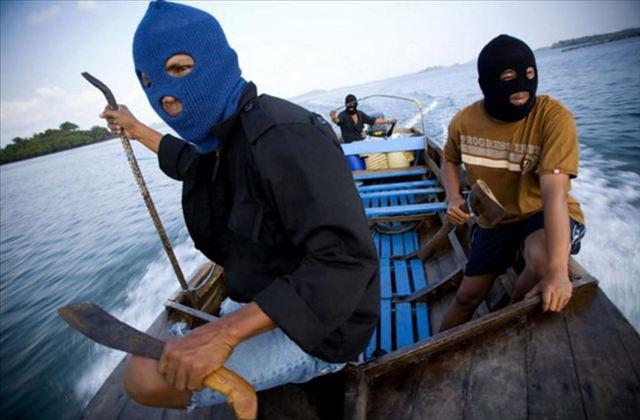
Safety at sea is one of the most important factors while making any regulations for loading of ships, whether they are carrying passengers or cargo. In the distant past, there were no such regulations which governed loading of ships, hence it led to several incidents where it could have been avoided by simply properly loading the vessel.
However out of the greed of earning more money by carrying maximum cargo, or sometimes even deliberately loading the ship in an unsafe manner to claim insurance after any such loss, these incidents at sea were on the rise. It gave rise the the concept of these Plimsoll or International Load lines as we will study now. Yet it must be said that the idea or concept is not new but was even used by the Romans many centuries ago, as explained later in the history section.
International Load Lines: Plimsoll Lines
In the simplest of terms, the Plimsoll Lines or international load lines refer to those lines which are drawn on both sides of a ship (port and starboard) and denote the maximum level to which a ship can be submerged in water under different conditions. A diagram would certain help to understand this concept in a better way. Given below is a side view of a ship with the Plimsoll Lines and a description of what each line means.

The legal limit of loading a ship is the Plimsoll lines. If the ship is loaded beyond this it is illegal. This is primarily because if a ship is loaded beyond this point then the ship may get unbalanced. Loading the ship till the Plimsoll lines ensures that the ship has enough buoyancy especially when it gets into a bad weather.
History of Plimsoll Lines
The obvious question that you may have in your mind is how the Plimsoll lines came into existence. Romans came up with the concept about 2500 years back. In the modern times the Plimsoll lines were introduced by the Lloyds register of British and foreign shipping. This was done in 1835. The original concept was that three inches per foot of depth of the ship will be considered to be the waterline.
In 1860 a person named Samuel Plimsoll came up with the actual concept of the Plimsoll lines that we follow even today. It was on his name that the water line was named as Plimsoll lines. It was in 1930 that there was an international convention and the Plimsoll lines were accepted all over the world. There have been regular amendments made to the concept of the Plimsoll lines. The last amendment was made in 2003.
Different Plimsoll Lines
As already seen in the above diagram, there are various load lines that keep changing with the weather. There are summer load lines, winter load lines, tropical water load lines and fresh water load lines. The load lines can change with the density and the temperature of the water. This is because the temperature and the density also affect the buoyancy. The buoyancy of the water is the main factor that determines the load line.
There is also a concept of timber load line marks. These Plimsoll lines can be applicable to a ship only when the vessel has a forecastle of at least 0.07 of the length of the vessel. A raised quarter deck is also required if the length of the ship is less than one hundred meters. This Plimsoll lines allows the ships to carry extra timber as cargo.
Plimsoll Lines on Cruise Liners
The passenger ships too have Plimsoll lines. These lines can be more than one. There are different Plimsoll lines for the area that is meant for the passengers and the area where cargo is loaded. This ensures that there is no confusion. These Plimsoll lines are now an international requirement and all the ships across the world follow these guidelines. The Plimsoll lines are calculated by a team of expert and are very critical to the functioning of the ship. The Plimsoll lines guidelines if violated then it can be a big offence. Since the Plimsoll lines there has been major reduction in accidents due to overloading.
We hope by reading this article you have got a brief idea of what the Plimsoll lines are and how they operate generally. These Plimsoll lines are very critical to the ships to stay afloat in all conditions. It is mandatory that the ships and the shipping companies follow the Plimsoll lines to avoid accidents and hazards in the sea.
Significance Of Plimsoll Lines,






